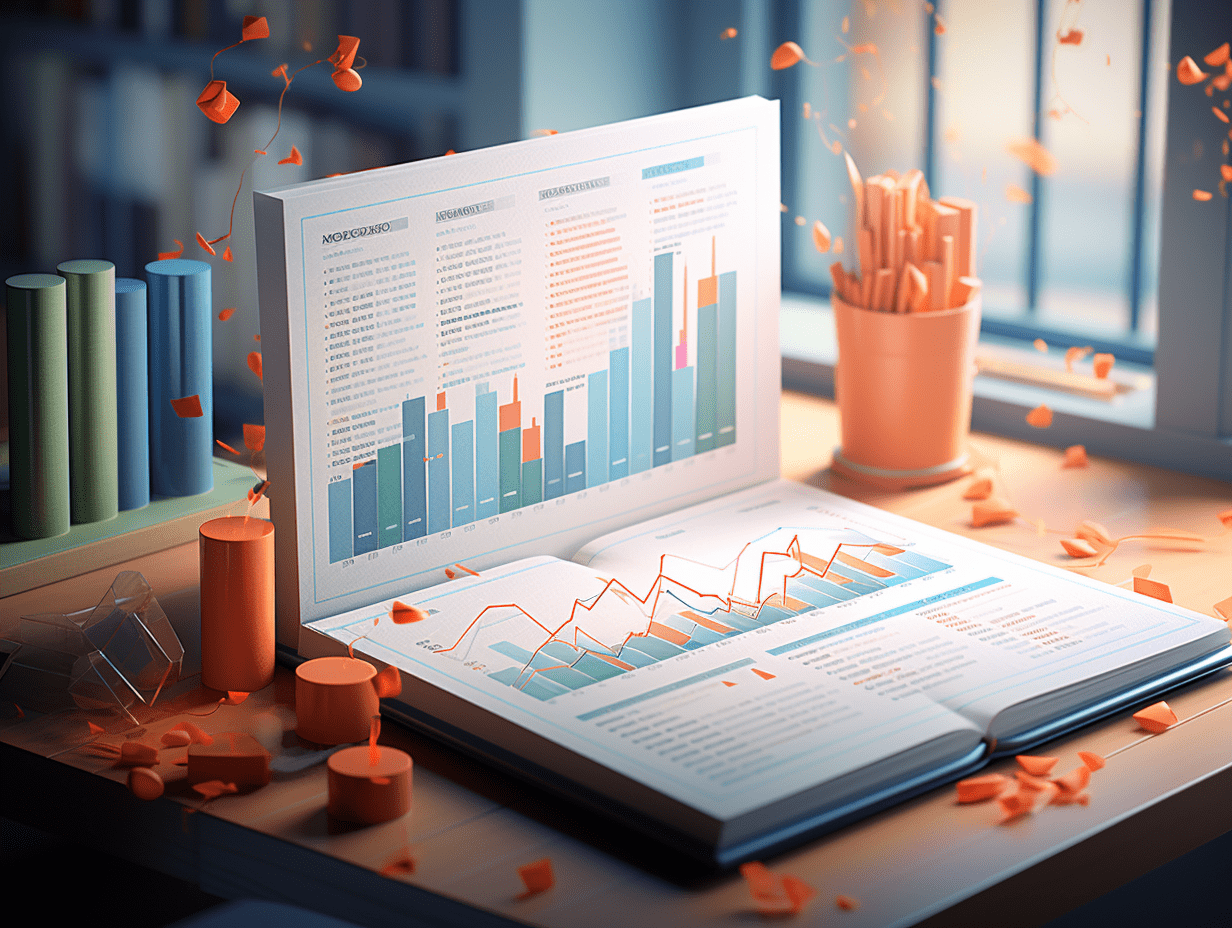Trump's tariff suspension has caused the market to adopt a wait-and-see attitude. Concerns about inflation still exist.
Investors do not seem particularly worried about the future surge in prices.
Despite concerns from the outside world about the tariffs announced by Trump on "Liberation Day" potentially pushing up U.S. inflation, investors' worries about future price surges do not seem to be strong from multiple market indicators.
Henry Allen, a macro strategist at Deutsche Bank, said in a research report on Tuesday that "despite several inflation indicators showing an upward trajectory, U.S. inflation expectations have hardly changed since 'Liberation Day'." He added, "Even with the announcement of large-scale tariffs, the relevant markets are almost indifferent."
Data shows that on April 2, after Trump announced large-scale tariffs on U.S. stocks, the one-year U.S. inflation swap rate was 3.4% that day, compared to 3.36% the previous week. The inflation swap rate is a market-based inflation expectation indicator, different from the subjective expectations reflected in consumer surveys.
Although U.S. inflation has eased significantly from its peak in 2022, it remains above the Federal Reserve's 2% target and may temporarily rise again due to tariffs. Investors will receive key data this Friday, including the April U.S. Personal Consumption Expenditures Price Index (PCE), which is the Fed's most closely watched inflation indicator.
Despite the initial market turmoil caused by the new tariffs, investors are also evaluating subsequent changes in trade policy, including implementing a 90-day buffer period for "equivalent tariffs," granting a 90-day exemption on some Chinese tariffs, and Trump's recent announcement of delaying the imposition of a 50% tariff on the European Union. These changes are seen by the market as positive signals that may improve global trade relations.
Allen stated, "Perhaps investors expect tariffs to have little impact on inflation, but other asset volatilities have increased significantly, showing that the market still expects some changes in the economy."
Since April 2, if we observe the timeline, the overall volatility of inflation swaps remains relatively small. The five-year inflation swap rate has slightly increased from 2.54% to 2.56%.
After Trump announced a new round of tariffs on April 2, the stock and bond markets initially reacted strongly, but as the White House advanced global trade negotiations, market volatility gradually subsided. The Cboe Volatility Index (VIX), which measures market fear in the stock market, surged in early April, but has now fallen to around 20, close to long-term average levels. The ICE BofA Merrill Lynch MOVE Index, a measure of bond market volatility, although still elevated, has also significantly decreased since early April.
"Several leading inflation indicators are worrisome, showing an upward trend since 'Liberation Day'," Allen pointed out. He particularly mentioned the preliminary reading of the S&P Global Purchasing Managers' Index (PMI) last week, which showed that input and output prices in the U.S. saw the fastest growth since 2022, which seems incongruous with the market's calm reaction to inflation expectations.
The Consumer Price Index (CPI) data released earlier this month showed that annual inflation in the U.S. was 2.3% as of April. The core inflation rate, excluding food and energy, was even higher at 2.8%.
David Mericle, chief U.S. economist at Goldman Sachs, said in a report on Monday, "We expect tariffs to drive a one-time increase in prices, pushing the core PCE inflation rate to 3.6% later this year, before falling back next year." The core PCE he mentioned is the Federal Reserve's preferred measure of inflation.
However, Mericle also cautioned that memories of soaring inflation during the COVID-19 pandemic have not dissipated, coupled with the latest survey from the University of Michigan showing that U.S. consumers' inflation expectations have surpassed the peak of the pandemic, intensifying concerns in the market about continued inflationary pressures.
According to a mid-May survey by the University of Michigan, U.S. consumer expectations for inflation over the next year jumped from 6.5% in April to 7.3%.
Mericle added, "The reason we are not too worried is because we expect the U.S. economy to remain weak this year, with actual growth below potential levels and the unemployment rate expected to rise moderately."
At the same time, there have also been some hopeful signs in U.S. economic data. The U.S. Chamber of Commerce reported on Tuesday that consumer confidence rebounded after five consecutive months of decline in May, partially attributed to the "ceasefire" agreement reached in early May between the U.S. and China in their trade negotiations.
Boosted by the news of Trump's decision to postpone high tariffs on the European Union, investor sentiment significantly improved, leading to a sharp rise in the U.S. stock market on Tuesday. The Dow Jones Industrial Average rose 1.8%, the S&P 500 Index rose 2%, and the Nasdaq Composite Index surged 2.5%. In the bond market, the yield on the 10-year U.S. Treasury bond fell by 7.6 basis points on Tuesday to 4.432%, the largest single-day drop since April 24.
Related Articles

"The Internet Empress" releases the first "AI Trend Report," stating that the pace of AI transformation is "unprecedented."

San Francisco Fed President Daly: Two interest rate cuts in 2025 is still a reasonable expectation.

Behind the upgrade of visa restrictions: America's dilemma.
"The Internet Empress" releases the first "AI Trend Report," stating that the pace of AI transformation is "unprecedented."

San Francisco Fed President Daly: Two interest rate cuts in 2025 is still a reasonable expectation.

Behind the upgrade of visa restrictions: America's dilemma.






